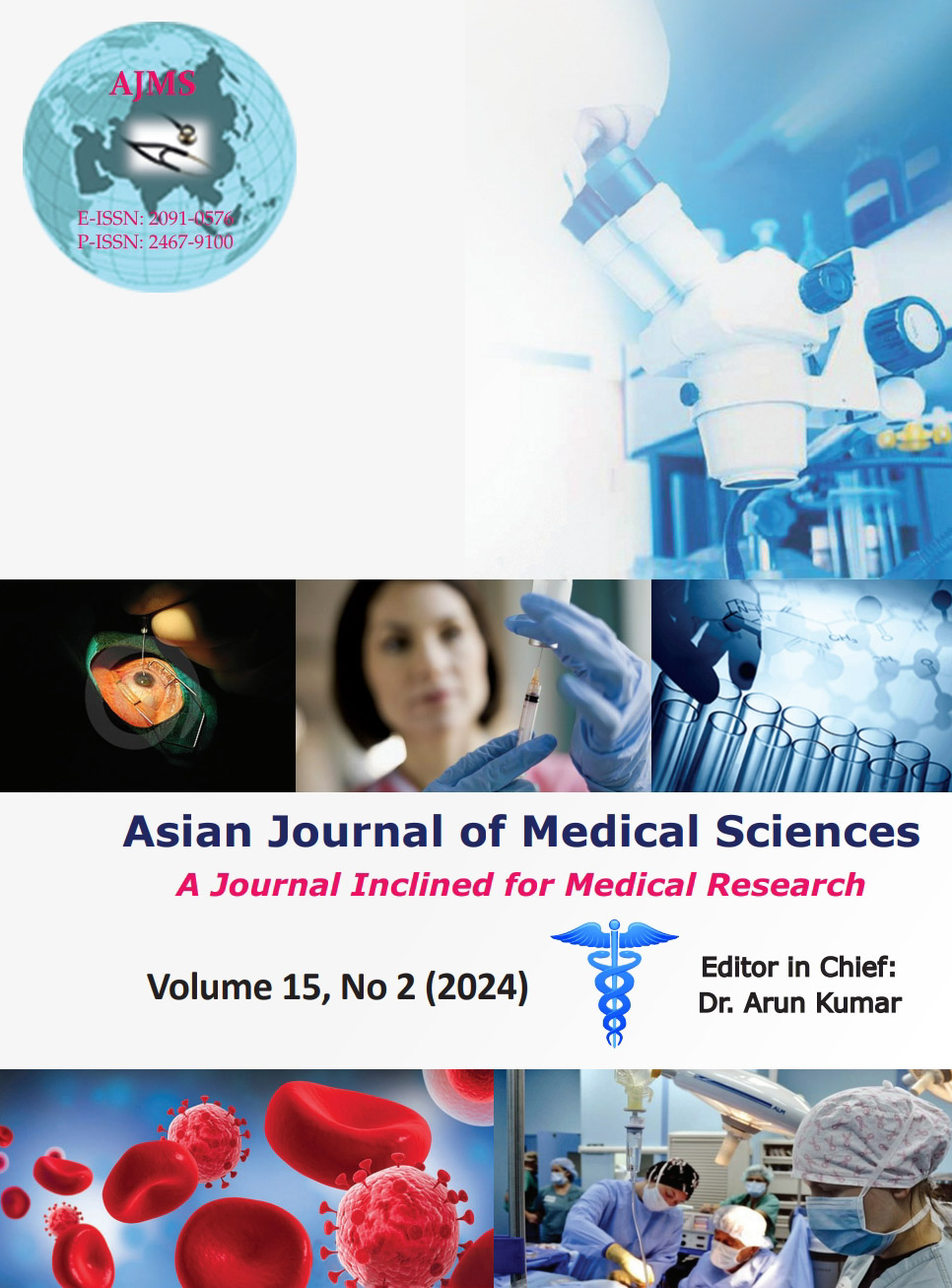Prevalence of obstructive sleep apnea among Southern Indian pregnant women attending antenatal care
Keywords:
Antenatal care; Berlin screening; Gestational risk factors; Obstructive sleep apnea; SnoringAbstract
Background: Physiological and hormonal changes during pregnancy can alter the sleep patterns of the pregnant women and were said to be precursor for the development of obstructive sleep apnea (OSA) and complication of pre-existing OSA. Developing country like India has no health cost distribution for the treatment, as this condition’s treatment trends absorbs 65–82% of all health cost. There is oblivious state among clinicians and patients, self-reporting of the symptoms are poor which, in turn, results to upshot underdiagnoses of OSA among southern Indian population.
Aims and Objectives: The aim of the study is to screen the prevalence of OSA among the southern Indian pregnant women attending antenatal care and to evaluate its predisposing factors.
Materials and Methods: We enrolled 305 pregnant women according to our study selection criteria, attended antenatal care at ACS medical college and hospitals from Chennai. On face-to-face basis, berlin questionnaire screening was done. With a brief interview, sociodemographic details, medical records and laboratory parameters were obtained. To cluster the risk of OSA prevalence, percentage was estimated using frequency distribution. Chi-square analysis was done to obtain significant relationship between contributing factors and OSA symptoms. Statistical testing was done with SPSS software version 21.
Results: Among 305 pregnant women, 31.8% (97) were shown to have high-risk OSA and 68.2% (208) low-risk OSA. Across the trimester, high-risk OSA were noted among 8.2% (25), 11.1% (34), and 15.4% (48) at first, second, and third trimester, respectively. Age, body mass index, occupation, neck circumference, multiple pregnancy, and presence of conditions such as gestational hypertension, chronic hypertension, adenoids, mallampatti grade, nasal congestion, and family history of OSA can be the predisposing factors which could influence the OSA symptoms.
Conclusion: The future investigations should rely on the analysis of the fetal outcomes after proper diagnosis of OSA. Furthermore, independent predictive values of physical signs, history, risk factors, and mechanisms behind the progression of OSA should be studied well. Region and area specific difference of risk of OSA to identify disparities and to promote decentralization of sleep care could be done.
Downloads
Downloads
Published
How to Cite
Issue
Section
License
Copyright (c) 2023 Asian Journal of Medical Sciences

This work is licensed under a Creative Commons Attribution-NonCommercial 4.0 International License.
Authors who publish with this journal agree to the following terms:
- The journal holds copyright and publishes the work under a Creative Commons CC-BY-NC license that permits use, distribution and reprduction in any medium, provided the original work is properly cited and is not used for commercial purposes. The journal should be recognised as the original publisher of this work.
- Authors are able to enter into separate, additional contractual arrangements for the non-exclusive distribution of the journal's published version of the work (e.g., post it to an institutional repository or publish it in a book), with an acknowledgement of its initial publication in this journal.
- Authors are permitted and encouraged to post their work online (e.g., in institutional repositories or on their website) prior to and during the submission process, as it can lead to productive exchanges, as well as earlier and greater citation of published work (See The Effect of Open Access).




